The 2022 U.S. champion in the 1500 meters has a simple mandate for the next year: Get healthy, stay healthy.
For Sinclaire Johnson, 2024 has been a year of ups and downs. In the “downs” department: She had two injuries that took longer to heal than she expected. The first forced her into an abbreviated buildup for the Olympic Trials. And the second took her out for 10 weeks after the Trials, effectively ending her season.
In the “ups” department: Johnson ran 3:56.75 in the 1500-meter final at the Trials. It was a two-second PR and made her sixth-fastest American woman ever in the event. The race was historically fast, with the first eight finishers running PRs at the Trials.
Back in the “downs” list: Johnson finished fourth and didn’t make the Olympic team for Paris. She was well back of Elle St. Pierre in third, who ran 3:55.99, and well ahead of Cory McGee in fifth.
“It was a very emotional Trials for me,” Johnson told Runner’s World in a phone interview on September 23. “I felt really good about my preparation, felt honestly really confident I was going to make the team. To not do that, initially I was bummed. But also realizing the time I had run, I don’t know if I can be that upset.”
Johnson has been among the country’s best milers for some time. She won the NCAA title in the 1500 meters as a junior at Oklahoma State University in 2019, and she left college six months early to turn pro with Nike (a fortuitous decision, given the pandemic). She won the U.S. title in 2022, earning a spot on the World Championships team in Eugene, where she made the final and placed sixth. She made Team USA for the World Championships in Budapest, Hungary, last year as well.

But now, with the frustration of her frequent injuries and the news that her Nike training group, the Union Athletics Club (UAC), would be moving to Boulder, Colorado, from Portland, Oregon, Johnson is deciding to strike out on her own. She has left the UAC, and she is staying in Portland. Her boyfriend, Craig Nowak, will coach her.
Solving the injury problem
Johnson takes comfort in her relative youth—she’s 26—and how quickly she rounded into form in the spring after suffering a stress reaction in her left femoral shaft. She started feeling pain in the area at the beginning of January and began cross training aggressively with pool running. In retrospect, she wishes she had given herself time to rest and heal. She wasn’t able to run workouts again until the end of March.
That was the latest in a string of injuries Johnson had suffered since turning pro in 2020. She and Nowak started researching how they might be able to design Johnson’s workouts to better keep her healthy.
Johnson approached her coach, Pete Julian, and proposed going to a three-workouts-per-week model. The first two, on Mondays and Wednesdays, would be threshold workouts, and they’d closely monitor her effort with a lactate meter to give her real-time feedback during the session and she could adjust the paces as necessary. The third workout, on Fridays, would be her hardest workout of the week, focused on mile-specific training, with intervals ranging from 200s to 800s. She does her long runs on Saturdays, at any pace that feels comfortable, and she takes Sundays completely off.
Previously, Johnson had been on a Tuesday/Friday workout schedule with the Tuesday threshold session at a prescribed pace for the whole session. Long runs were on Sundays. The new setup gives her more volume at threshold pace, while making sure she doesn’t go too fast.
Julian was open to it. Through the spring, he’d send Johnson the training plan for the week and ask her to weigh in if she wasn’t comfortable with something. She rarely did. By the end of May, Johnson had run 4:00.43 for 1500 meters at the Pre Classic. And in roughly 13 weeks, she produced that 3:56.
Heading into the Trials, Johnson tweaked her soleus in her right leg. Had the injury come at any other time of the year, she would have rested, and it would have likely been a week-long blip. But Johnson had to race, and in going through the three rounds of the Trials, she worsened the injury. It took her 10 weeks, until mid September, to get back to running again.
As the weeks passed, and she still couldn’t run, the disappointment from the Trials lingered.
“Part of me was holding onto this hope, now that I’ve run 3:56, I’m going to be getting into Diamond League races, I’ll go overseas and have a season, end on a high note,” she said. “When this reality sunk in, this calf is going to take a long time to recover from, I think that’s when everything kind of hit me. The summer was hard. It was hard watching the Olympics. I feel like I had just gotten into shape and had to shut it down.”
2024 us olympic team trials track field day 7
Christian Petersen//Getty Images
Shortly after the Trials, Nike executives told the members of the UAC that the team would be moving to Boulder. It’s part of an ongoing reorganization of Nike training groups. And although one agent told Runner’s World that he had known about UAC’s move to Boulder in the summer of 2023—it was being floated as an option for athletes coming out of college in 2024 and deciding whether to sign with Nike—Johnson and other team members hadn’t caught wind of it.
“This was kind of the first all of us had heard about it,” Johnson said. “It was a little shocking. I didn’t see this coming.”
Looking back two months later, she said, it does make sense: Julian has been based out of Denver for as long as he has been a coach with Nike, commuting to Portland for his athletes’ workouts. And increasing numbers of distance athletes are seeing altitude as essential, not just for weeks at a time but for living year round.
Mike Smith, the head coach at Northern Arizona University in Flagstaff, will be starting a pro Nike team at the end of the academic year. Flagstaff is at 7,000 feet of elevation. Other Nike moves are thought to be in the works. (Runner’s World has repeatedly requested interviews with Nike executives in charge of pro running; company representatives have acknowledged the requests but have not followed up with additional information.)
Johnson, who likes the setup she has in Portland, decided against moving to Boulder. Nearly every day, she drives to Nike’s headquarters in Beaverton, about 15 minutes from her home, where she has access to the track and training facilities as well as staff who can help her. Plus, she has built a life in Portland, with a close friend group outside of pro running. She doesn’t want to leave that behind. Running can be lonely sometimes, she said, even when you have teammates. She likes the balance.
“I think it’s a time of me and my boyfriend’s life—this isn’t going to be forever, we’re not going to have 20-plus friends in the city where you live,” she said. “You can walk a half mile and get to their house and I am just really grateful for that. Community has always been big for me.”
Johnson did consider going to Smith’s group. “He’s had a lot of success, especially with Nikki Hiltz, who is in my event group,” Johnson said. (Hiltz, whose primary sponsor is Lululemon and is grandfathered into Smith’s new Nike group, was seventh in the Olympic final in Paris.) “It is a very attractive training setup and coach.”
Instead, Johnson will use Flagstaff for some altitude training stints, beginning in November. And there she’ll have access to Smith and the resources he puts together with his group, including a gym and physio.
Nike’s leaders have been supportive of her, Johnson said, and open to athletes forging their own training situations. “Grant Fisher going on his own, Elise Cranny going on her own—I think they’re finding out that some athletes want to be able to choose their coaches and they want to be able to live where they want to live,” she said of those Olympians. “Nike allowing them to do that is going to make these athletes really successful. I think they realize that, and they want to provide us with all the resources we need.”
At this point in her life, Johnson is ready to be on her own, with training individualized for her. She’s been through three coaches—she ran for Dave Smith at Oklahoma State, she spent eight months under Jerry Schumacher with the Bowerman Track Club, and then Julian. Nowak has been by her side throughout it all. And she doesn’t want to have to go through the “growing pains” of figuring out a new coach and vice versa.
She believes she has to do exactly what is right for her and her alone. “I can handle hard training,” Johnson said. “To be one of the best in the world, you have to do really hard training. It’s a fine balance. If we’re stacking hard weeks back to back, my body gets to this razor’s edge. It doesn’t take much for me to go over that edge.”
After experiencing two different pro training groups since she signed with Nike in 2019, she and Nowak feel that they have a better idea of how to time the hard weeks and the occasional down week to keep her healthy. That’s the primary goal for 2025: Consistent training, uninterrupted by injury.
“I feel like I’ve gotten to the point now where I know what works for me,” she said. “Craig is also someone who is going to put my health as the number one priority. I think that is the most important thing right now. I need a coach to understand how nuanced my body is and how important it is for me to stay healthy and have that be the focus all the time.”
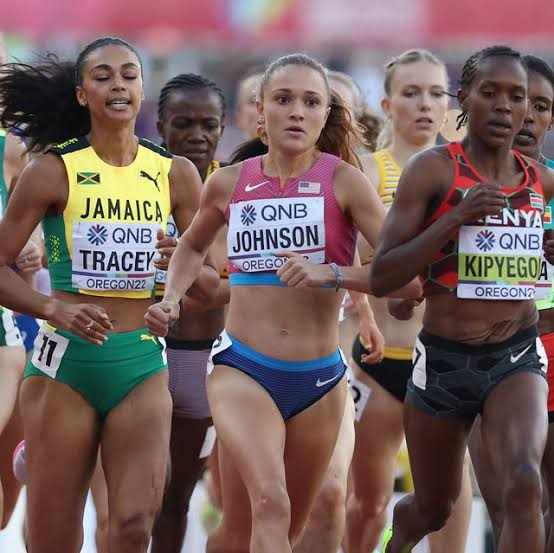
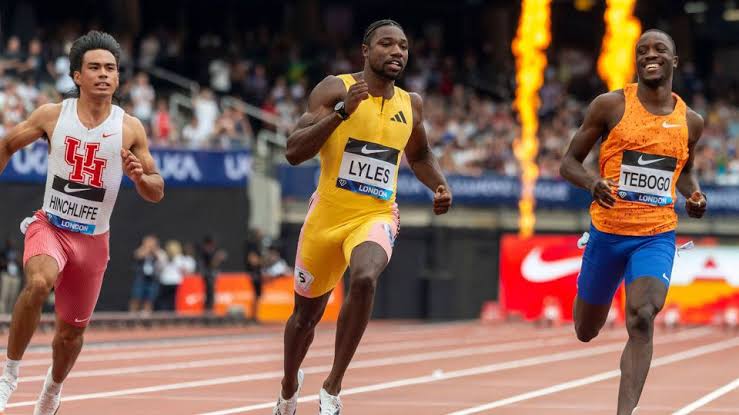
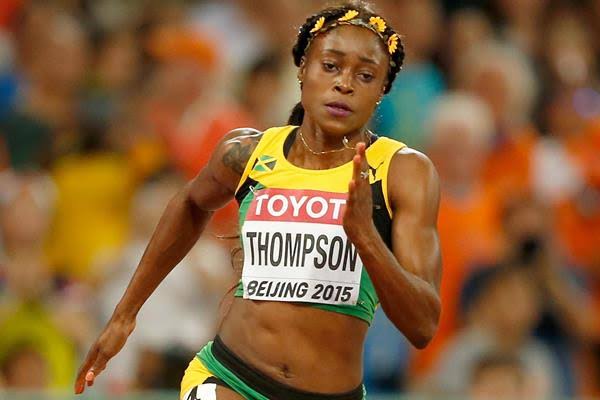
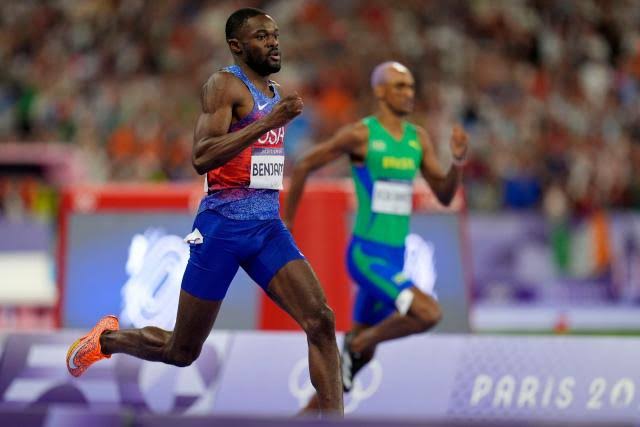
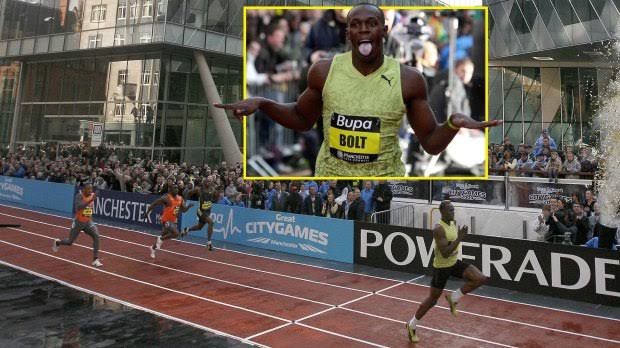
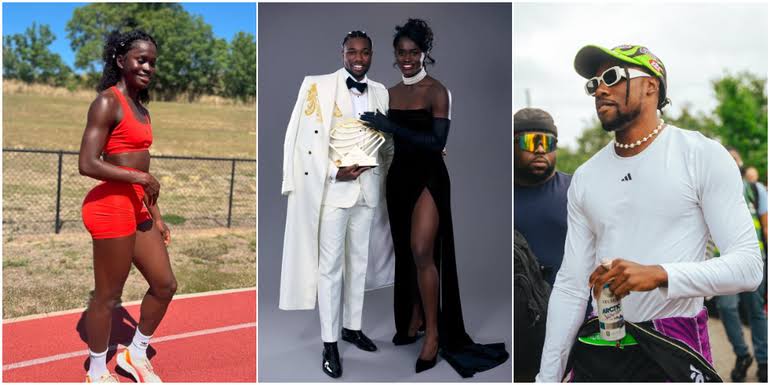
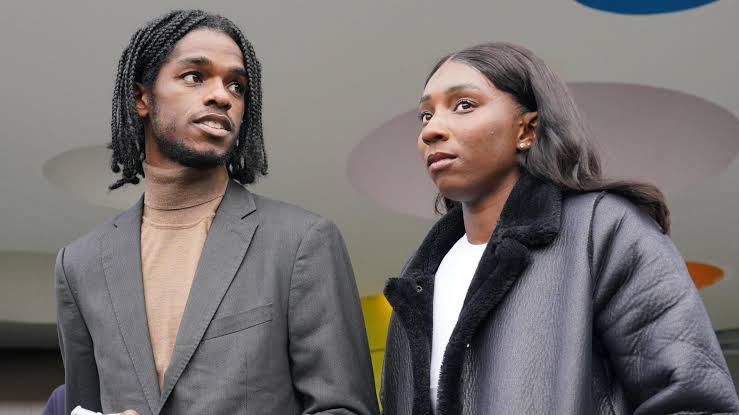
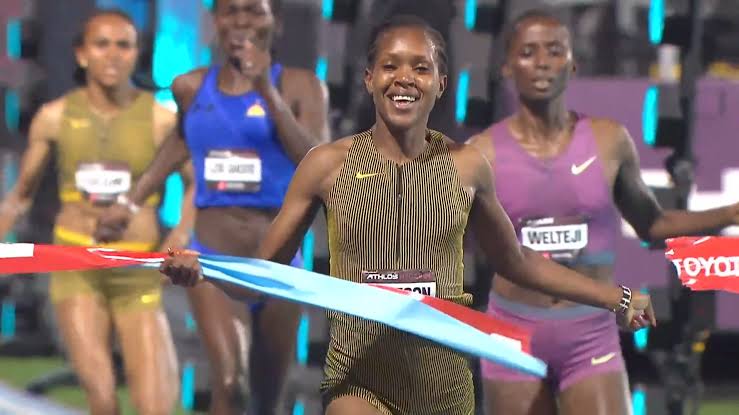
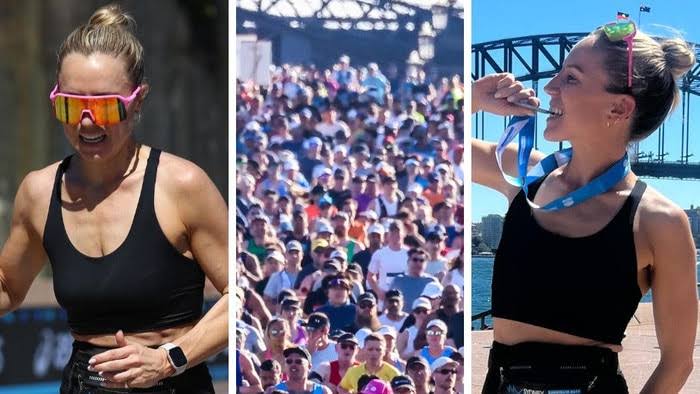
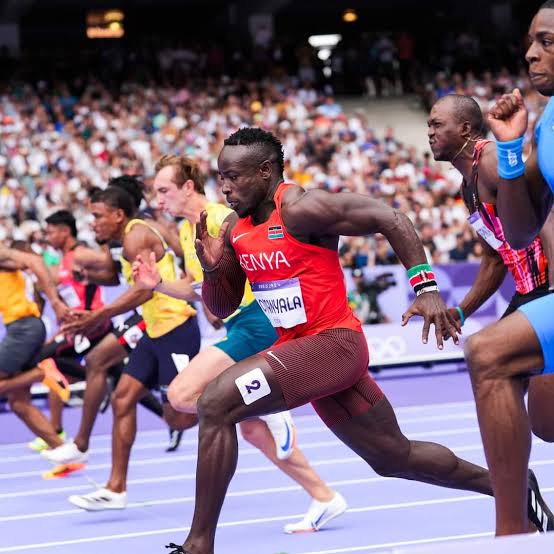
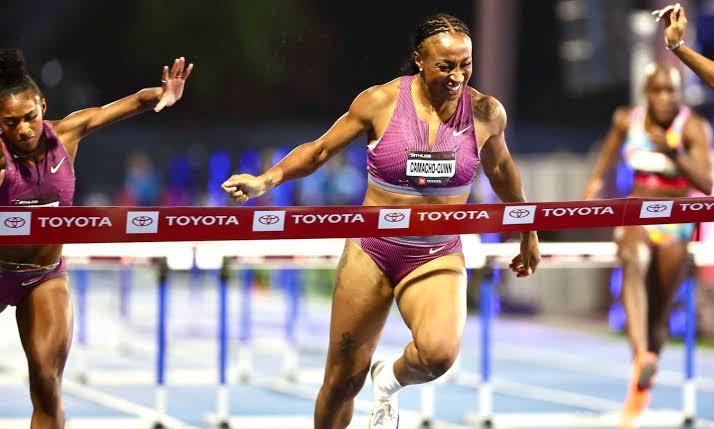
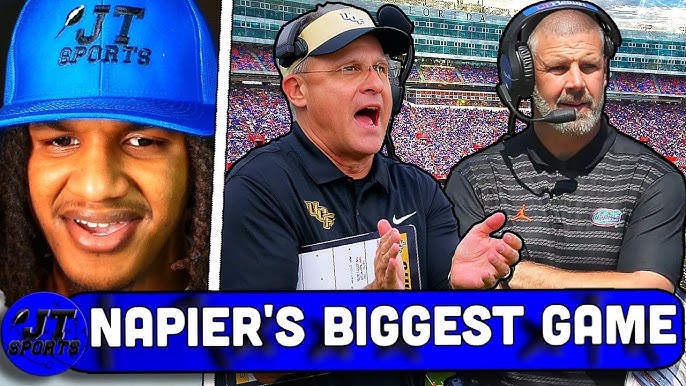
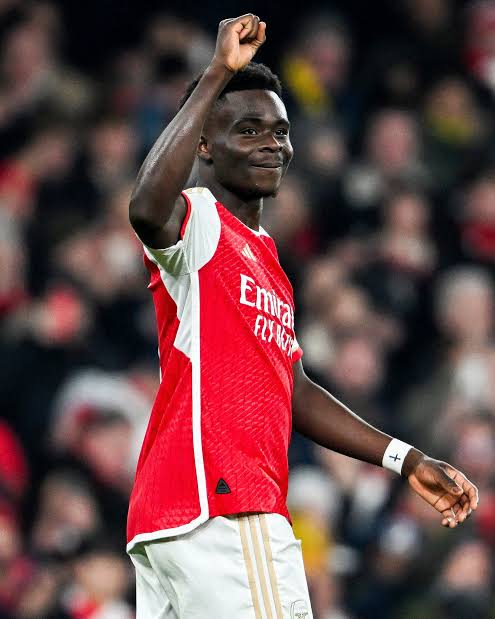
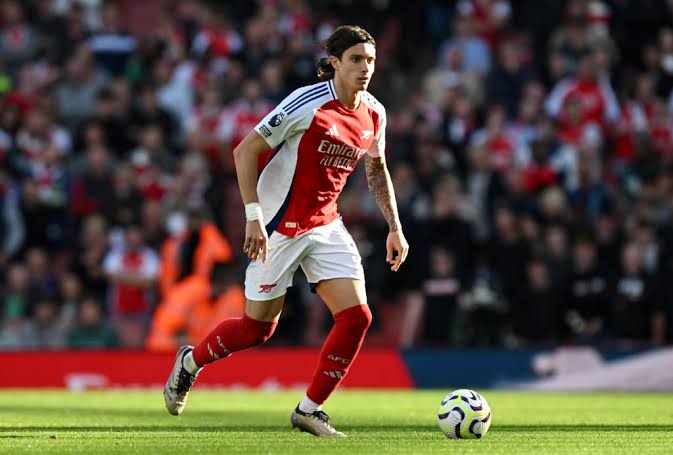
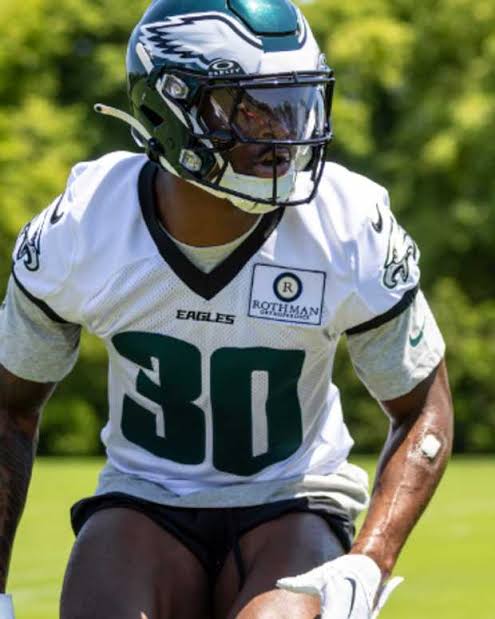
Leave a Reply